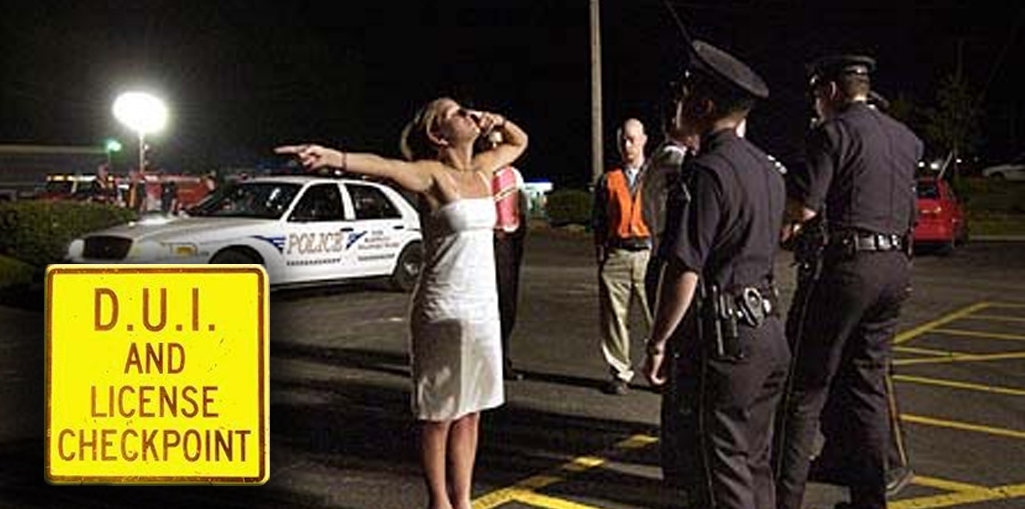First, let’s get this straight. In Arizona the “real” standard for Driving Under the Influence is “Impaired to the Slightest Degree.” This is a serious issue for drivers in Arizona, roughly 40% of all deaths in automobile accidents are directly related to driving under the influence.
The first thing that comes to most folks’ minds is impairment through alcohol or other drugs. There are others as well: impairment through fatigue, or as a result of disabling injuries or illness. There was a case a few years ago where a man attempted to drive with some broken limbs. He used a stick to operate the gas pedal, and ended up losing control, overran a sidewalk, and killed a person who was using a pay phone.
Alcohol is a prime cause of impairment. Since it acts as a depressant, it begins to diminish a person’s abilities with the first sip. Many people do not realize that even at very low blood alcohol levels, way before reaching any “legal limit,” impairment of physical and mental abilities is occurring. In the USA, all states now have a .08% presumptive level — the alcohol concentration at which a driver is presumed to be impaired, with no other evidence required. But impairment often begins at AC levels as low as .04%—less than half the “legal limit.” What’s worse, it acts on the very skills and abilities you need most as a driver: judgment, vision, and the ability to do several things at once. Since alcohol slows your mind and your motor skills, it has a dramatic effect on your reaction time and distance. If impairment causes your reaction time to double, for example, at 70 mph that can result in an additional 103 feet traveled. Obviously, this could mean the difference between a miss and a collision. Driving with other impairments could have similar results.
One of my common themes in teaching this topic is personal responsibility. We all have the obligation to make sure we are able to drive safely whenever we operate our vehicle. Ask yourself, “Am I safe to drive? Am I rested? Am I ill? Have I taken medications that might affect my abilities? Are my limbs available for use? Has it been long enough since I had that drink for the alcohol to have worked its way through my system?” (Generally, the body can eliminate one drink per hour, and, contrary to popular beliefs, nothing can speed up that process.) Do I have my glasses on, if needed?” Only if you can answer yes to all these questions should you exercise your privilege to drive.
I am convinced that if everyone would (1) not speed; (2) pay attention; (3) not drive impaired; and (4), wear seat belts (and use other safety systems such as air bags and ABS brakes), no one would ever get killed in a traffic collision. Just these four things, practiced habitually, would eliminate most serious collisions and save 50,000 lives each year. In the real world, though, we’re human, and because we are, there will always be mistakes that lead to collisions. Since we do subject ourselves to hostile environments and physical forces that are incompatible with life, we should do everything possible to minimize the risks, yes? So, again, practice paying 100% attention to your driving, drive at a reasonable speed, never drive impaired, and buy and learn how to use safety systems correctly. These ideas are the foundation of any defensive driving “system.” Call us for your next defensive driving class.

